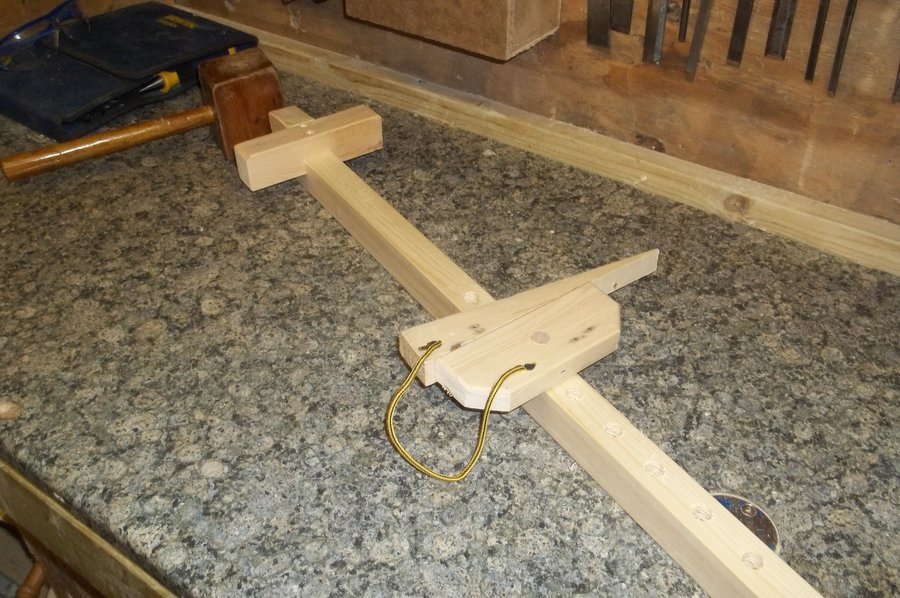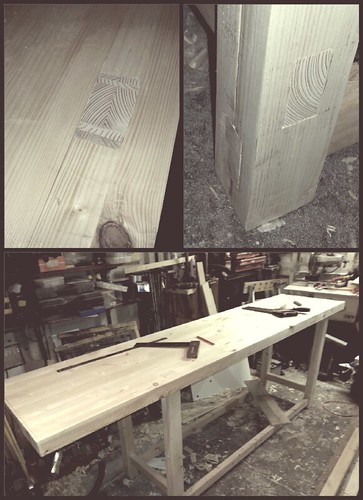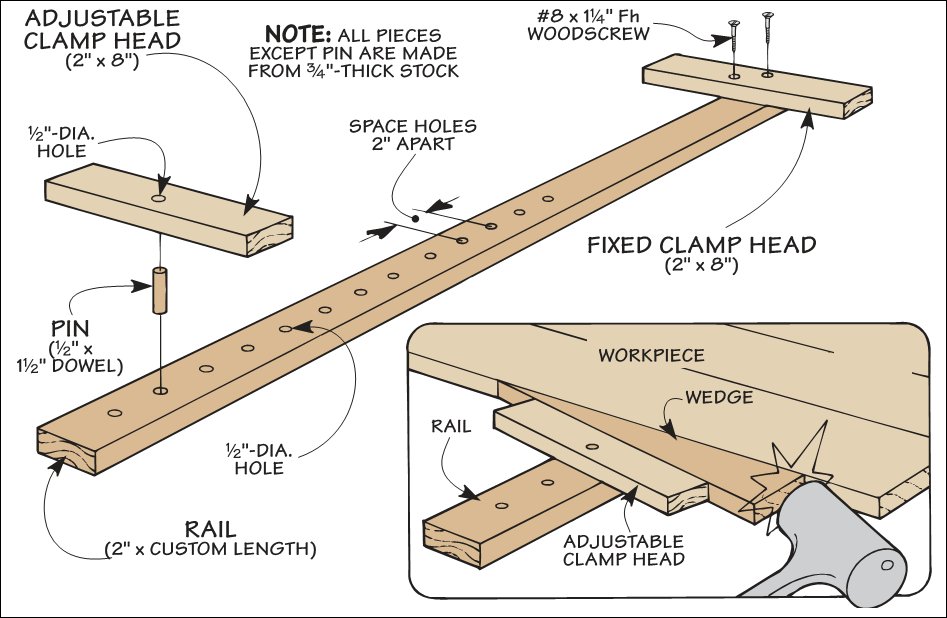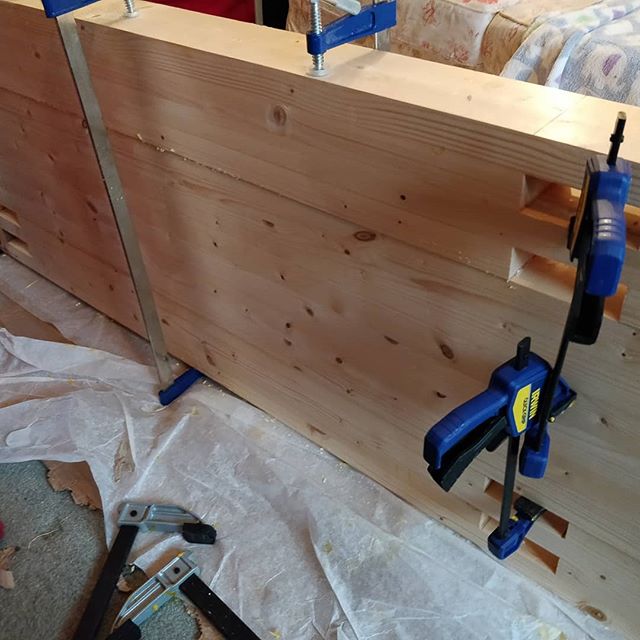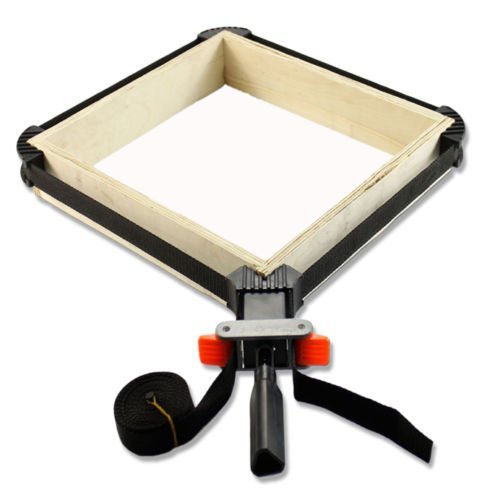user 29368
Established Member
- Joined
- 12 Sep 2018
- Messages
- 79
- Reaction score
- 170
Hi, just joined the forum as im about to start building a workbench for the garage (without a workbench to build it on). Once complete i want to teach myself how to dove tail properly and go from there.
Ive got a load of 2x4 for the frame and some nice PAR Redwood 3x2 for the top which will be laminated. Bench will be approx. 1700mm long 620mm deep and 950mm high. With a woodwork vice on the left.
I need some advice please...I dont have any sash clamps to glue the top with and i wonder if i use a pair of board at the ends and middle to sandwich the laminations keeping it all level if i could use ratchet straps across the width to hold it all while the glue sets? (would make sure straps dont contact the top and bottom face of the work top).
Does this sound workable? Id rather not spend £100+ on 8 or so 900mm clamps at this stage, although if push comes to shove I'll have to.
Cheers for any pointers.
Ive got a load of 2x4 for the frame and some nice PAR Redwood 3x2 for the top which will be laminated. Bench will be approx. 1700mm long 620mm deep and 950mm high. With a woodwork vice on the left.
I need some advice please...I dont have any sash clamps to glue the top with and i wonder if i use a pair of board at the ends and middle to sandwich the laminations keeping it all level if i could use ratchet straps across the width to hold it all while the glue sets? (would make sure straps dont contact the top and bottom face of the work top).
Does this sound workable? Id rather not spend £100+ on 8 or so 900mm clamps at this stage, although if push comes to shove I'll have to.
Cheers for any pointers.




